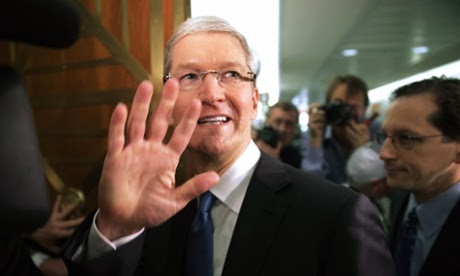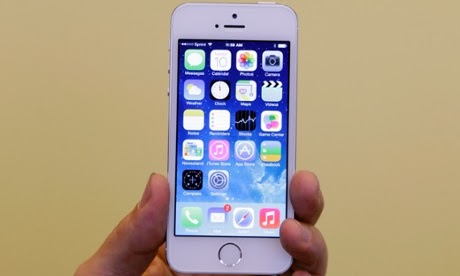An Apple iWatch has been rumoured for the best part of three years, but Apple’s recent activity points to the release of a smartwatch sooner rather than later.
There are many things we'd like to see in an Apple iWatch, hopefully a smart wrist-borne device that finally justifies the existence of smartwatches as a piece of useful wearable technology.
One of the most important items on our wish list for a smartwatch is the ability to offer something that a smartphone cannot. Given smartphones are already capable of combining voice control, predictive assistants and cameras capable of taking stunning photos, one of the areas where smartwatches could really add value is in the health arena.
A smartwatch packed with sensors designed to provide body monitoring information could enable many fascinating new data-driven applications, from fitness tracking to mood-linked music commanded by your heartbeat.
‘Yes. Absolutely. No Change’
Apple’s smartwatch has been rumoured to be under development for years, and it is highly likely Apple has been at least investigating the possibility of a wearable device like a smartwatch for at least that long. The iPad, for instance, was developed to the prototype stage well before the original iPhone was released in 2007, but only made its appearance in 2010.
In July last year, Apple applied for an “iWatch” trademark in Japan and Russia, but not in Europe where the trademark is held by an Italian company.
 |
| Apple's Tim Cook has promised new "product categories" for over a year, and confirmed new things were still on track in January. Photograph: Chip Somodevilla/Getty Images |
Stoking rumours, Apple’s chief executive Tim Cook recently confirmed that promised future “product categories” were still on track saying, “Yes. Absolutely. No Change” when asked during an earnings call last month.“We’re working on things you can’t see today. We have zero issue coming up with things that we want to do that we think we can disrupt in a major way,” Cook said. “The challenge is always to focus to the very few that deserve all of our energy.”
Probing the waters of the regulatory landscape
A wearable device to capture the potential of health and fitness apps would suit the smartwatch form factor.
Interestingly, in December 2013 Apple reportedly met with the US Food and Drug Administration (FDA), the regulatory body charged with overseeing food safety, sales of medication and the approval of medical devices in the US.
At the meeting were a team of senior Apple executives, including senior vice president of operations Jeff Williams, vice president of software technology, Bud Tribble, and vice president of worldwide government affairs, Cathy Novelli. Michael O'Reilly, previously the chief medical officer of a medical sensor company called Masimo who joined Apple last year, and Tim Powderly from Apple’s government affairs department also attended the meeting.
Sitting on the other side of the table were senior policy and regulatory FDA officers including Jeff Shuren, director of the Centre for Devices and Radiological Health, and Bakul Patel, a senior policy advisor who drafted the FDA’s mobile medical app guidance and plays a role in medical gadget approval.
The seniority of the meeting indicates that either Apple is probing the waters of the regulatory landscape regarding medical devices and apps, or is specifically trying to push through something stuck in regulatory approval.
‘The whole sensor field is going to explode’
It is clear that Apple is looking at medical applications for its apps and hardware at the very least. Apple’s integration of the M7 co-processor into the iPhone 5S shows that the company has experience building technology for low-power sensor usage, something that would be crucial to a sensor-packed smartwatch.
The M7 chip is able to collect data from the smartphone’s various built-in sensors, including the GPS and accelerometer without relying on a power-hungry main processor.
“The whole sensor field is going to explode,” Tim Cook said in interview in 2013. “It’s a little all over the place right now. With the arc of time, it will become clearer.”
Source : theguardian.com



Tidak ada komentar:
Posting Komentar